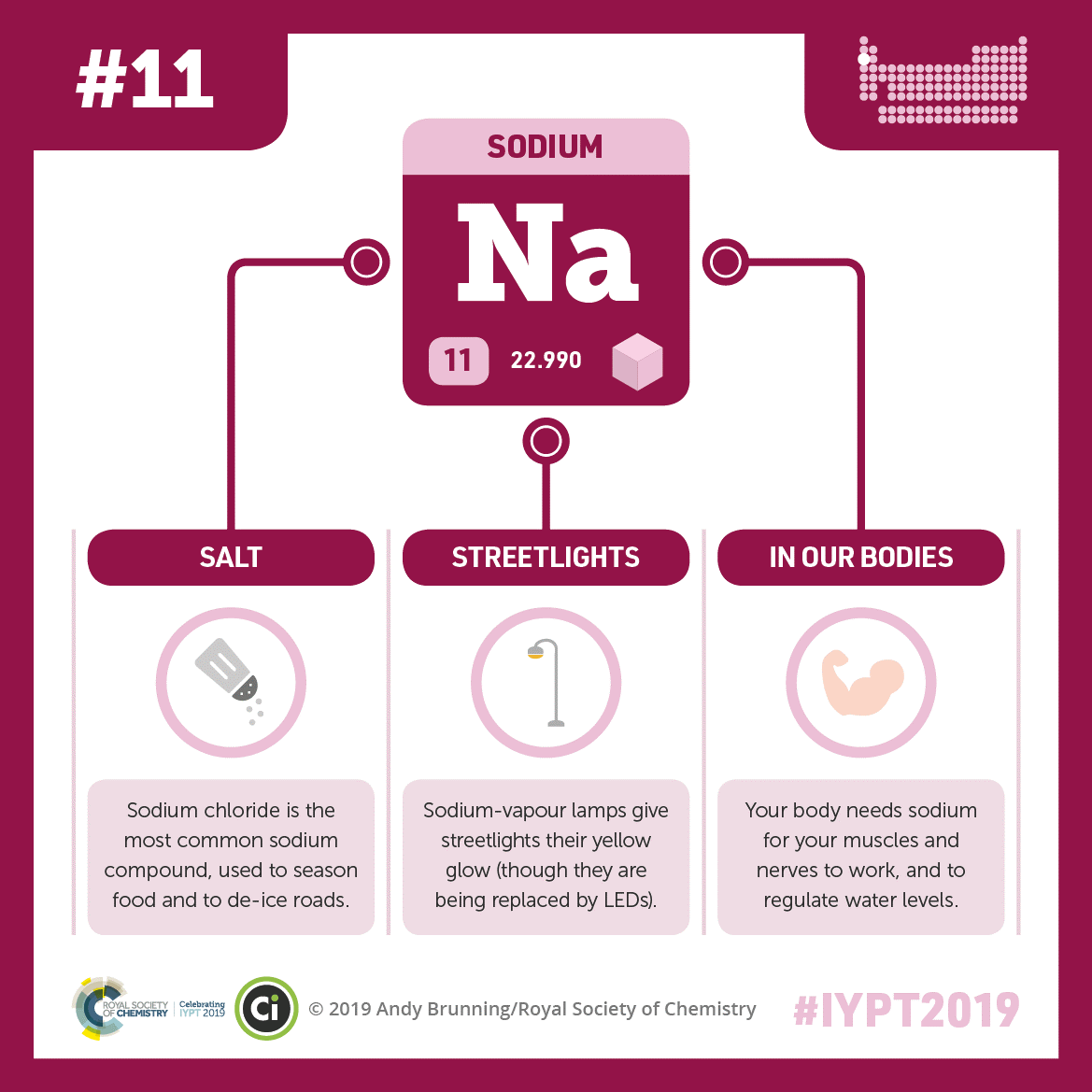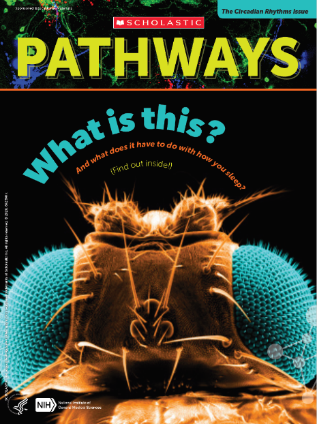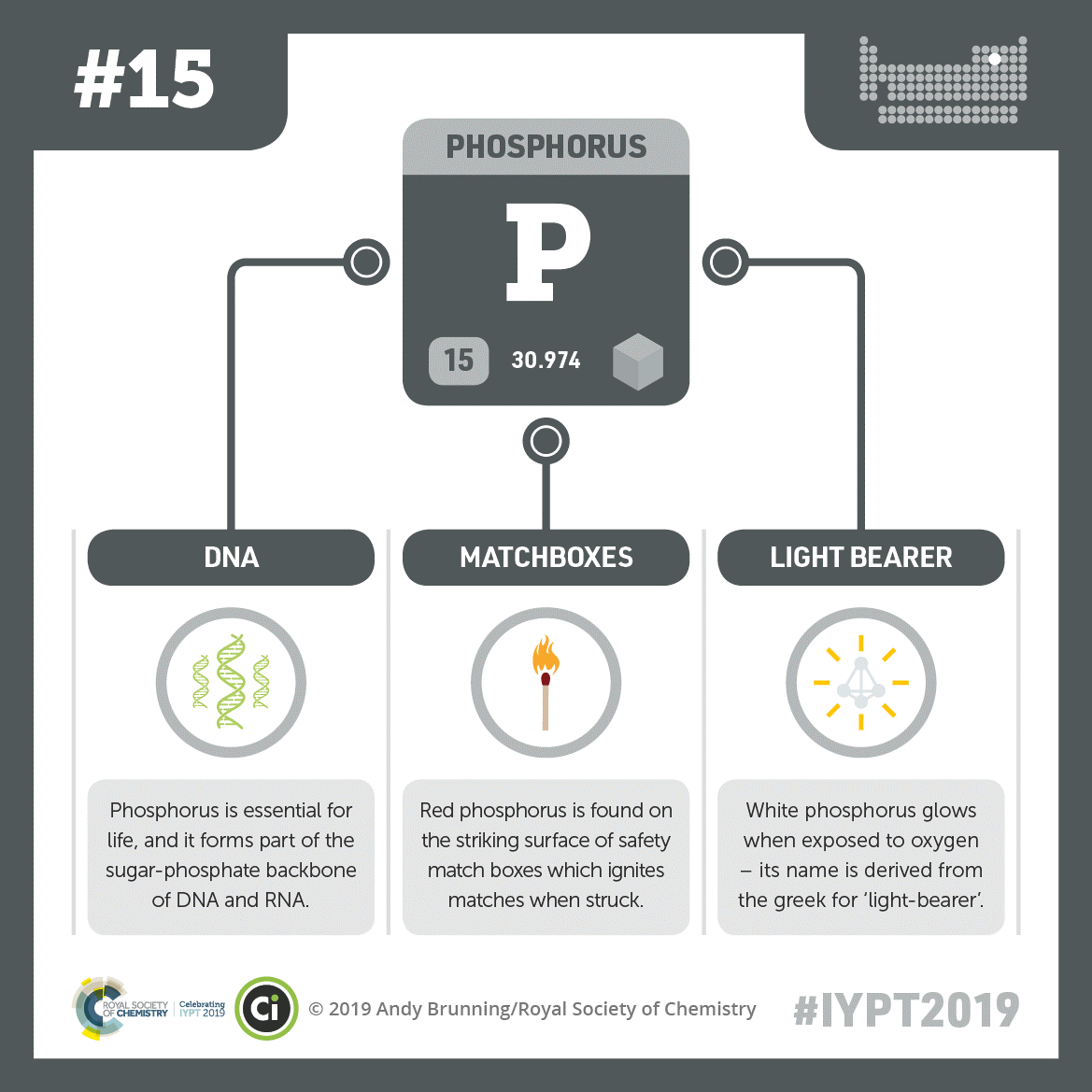To get a look at cell components that are too small to see with a normal light microscope, scientists often use cryo-electron microscopy (cryo-EM). As the prefix cryo- means “cold” or “freezing,” cryo-EM involves rapidly freezing a cell, virus, molecular complex, or other structure to prevent water molecules from forming crystals. This preserves the sample in its natural state and keeps it still so that it can be imaged with an electron microscope, which uses beams of electrons instead of light. Some electrons are scattered by the sample, while others pass through it and through magnetic lenses to land on a detector and form an image.
Typically, samples contain many copies of the object a scientist wants to study, frozen in a range of orientations. Researchers take images of these various positions and combine them into a detailed 3D model of the structure. Electron microscopes allow us to see much smaller structures than light microscopes do because the wavelengths of electrons are much shorter than the wavelength of light. NIGMS-funded researchers are using cryo-EM to investigate a range of scientific questions.
Caught in Translation

3D reconstructions of two stages in the assembly of the bacterial ribosome created from time-resolved cryo-EM images. Credit: Joachim Frank, Columbia University.
Joachim Frank, Ph.D., a professor of biochemistry and molecular biophysics and of biological sciences at Columbia University in New York, New York, along with two other researchers, won the 2017 Nobel Prize in Chemistry for developing cryo.
Dr. Frank’s lab focuses on the process of translation, where structures called ribosomes turn genetic instructions into proteins, which are needed for many chemical reactions that support life. Recently, Dr. Frank has adopted and further developed a technique called time-resolved cryo-EM. This method captures images of short-lived states in translation that disappear too quickly (after less than a second) for standard cryo-EM to capture. The ability to fully visualize translation could help researchers identify errors in the process that lead to disease and also to develop treatments.
Continue reading “Freezing a Moment in Time: Snapshots of Cryo-EM Research”
 The best-known sodium compound is table salt (sodium chloride). Sodium also gives traditional streetlights their yellow glow and is essential for muscle and nerve function. Credit: Compound Interest. CC BY-NC-ND 4.0. Click to enlarge
The best-known sodium compound is table salt (sodium chloride). Sodium also gives traditional streetlights their yellow glow and is essential for muscle and nerve function. Credit: Compound Interest. CC BY-NC-ND 4.0. Click to enlarge


 3D reconstructions of two stages in the assembly of the bacterial ribosome created from time-resolved cryo-EM images. Credit: Joachim Frank, Columbia University.
3D reconstructions of two stages in the assembly of the bacterial ribosome created from time-resolved cryo-EM images. Credit: Joachim Frank, Columbia University.
 Cover of Pathways student magazine, third issue.
Cover of Pathways student magazine, third issue.

 Mitochondria (purple) in a rodent heart muscle cell. Credit: Thomas Deerinck, National Center for Microscopy and Imaging Research.
Mitochondria (purple) in a rodent heart muscle cell. Credit: Thomas Deerinck, National Center for Microscopy and Imaging Research.
 Our hands are chiral: They’re mirror images but aren’t identical.
Our hands are chiral: They’re mirror images but aren’t identical.
 An illustration of chromosomes being segregated equally and unequally during mitosis. Credit: Deluca Lab, Colorado State University.
An illustration of chromosomes being segregated equally and unequally during mitosis. Credit: Deluca Lab, Colorado State University.
 A SEPA-funded resource about microbes. Credit: University of Nebraska, Lincoln.
A SEPA-funded resource about microbes. Credit: University of Nebraska, Lincoln.
 A cell nucleus (blue) surrounded by lipid droplets (yellow). Credit: James Olzmann.
A cell nucleus (blue) surrounded by lipid droplets (yellow). Credit: James Olzmann.